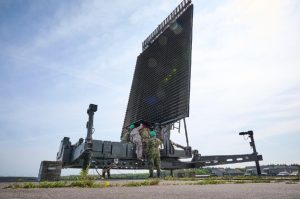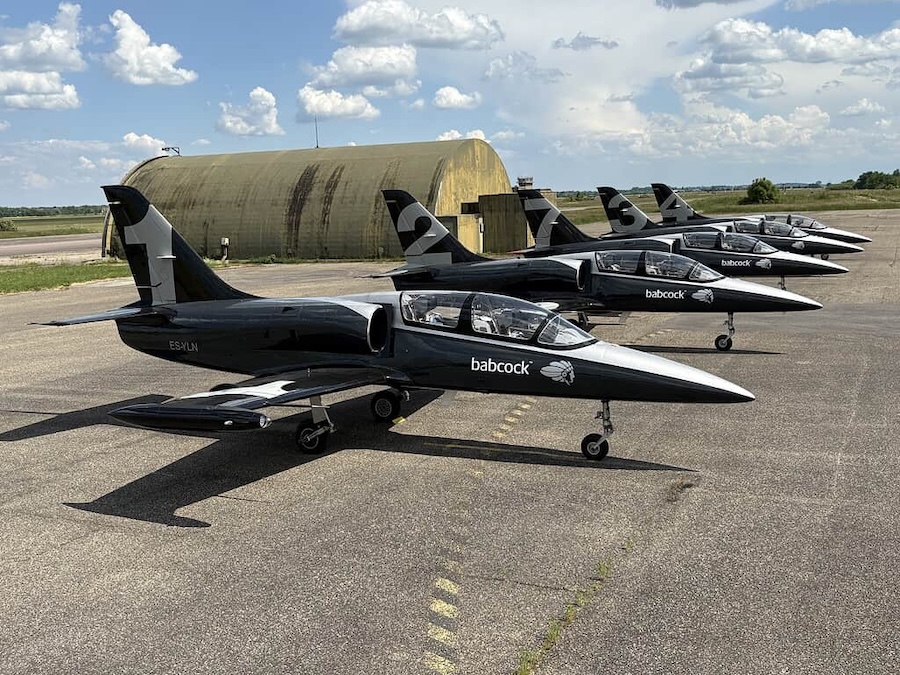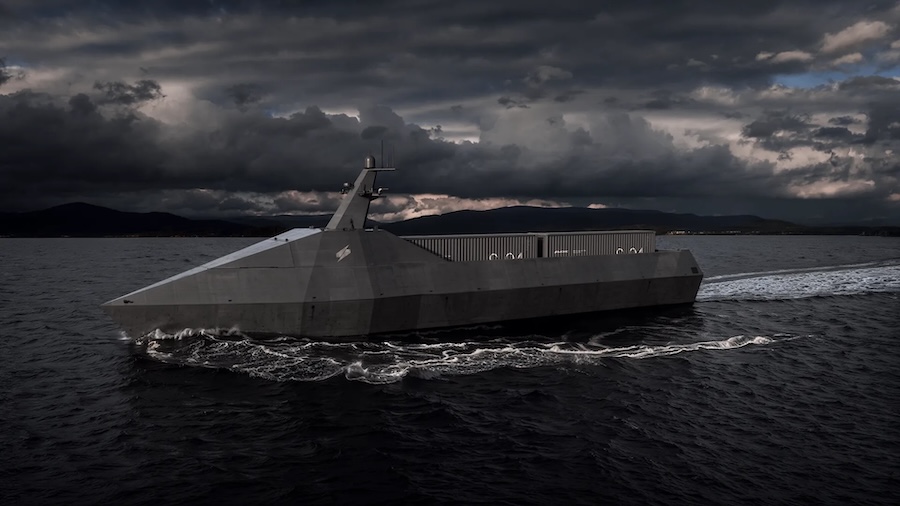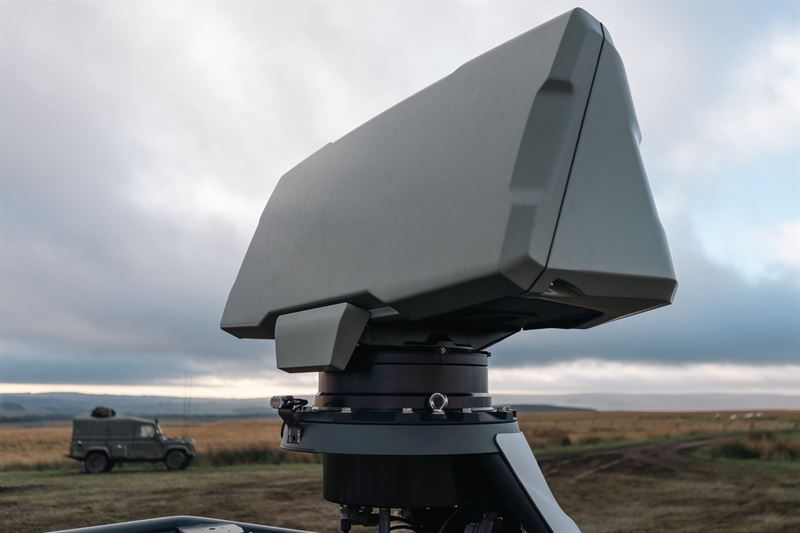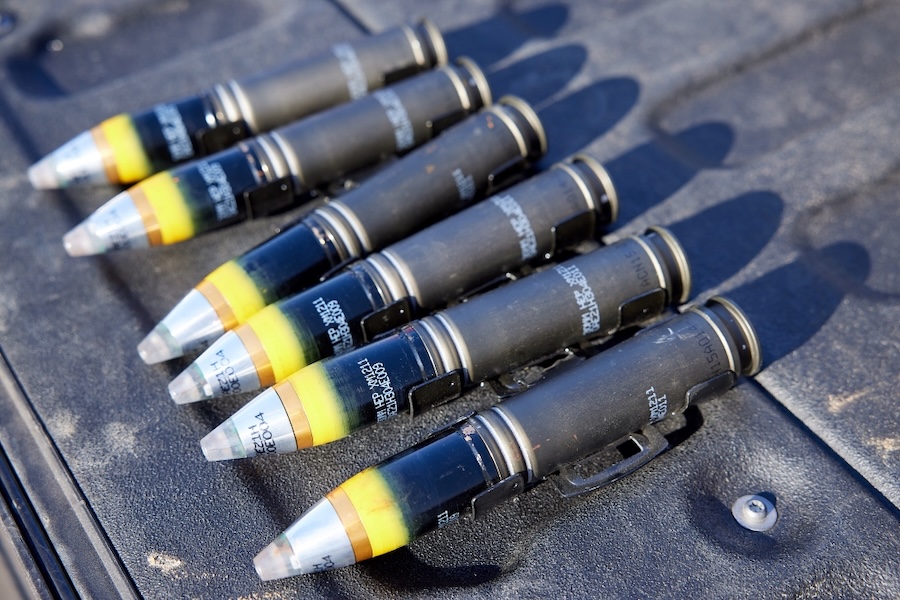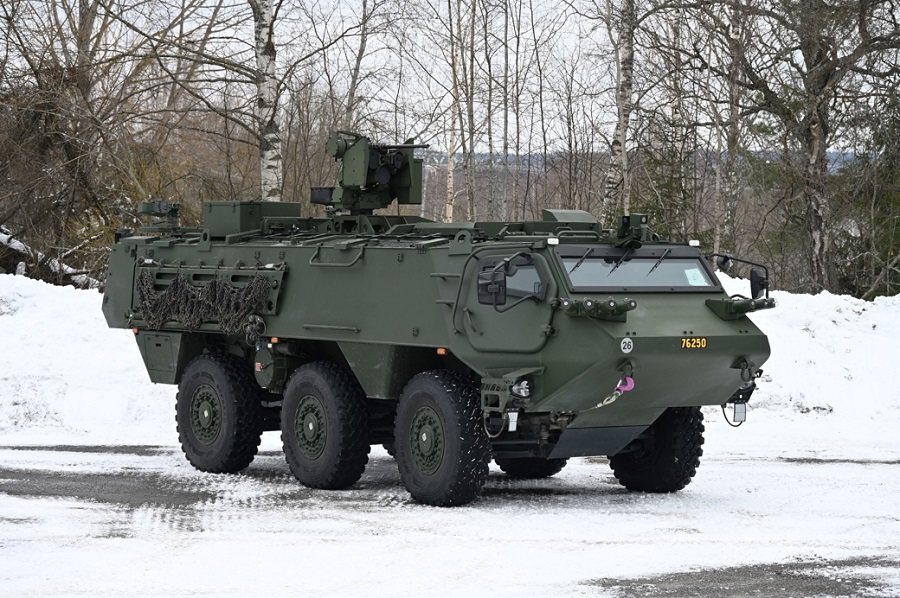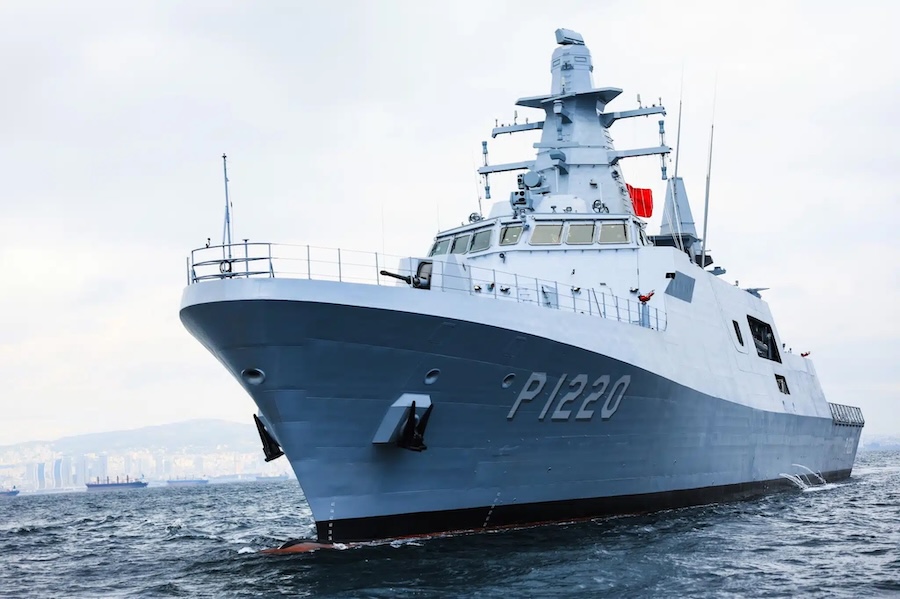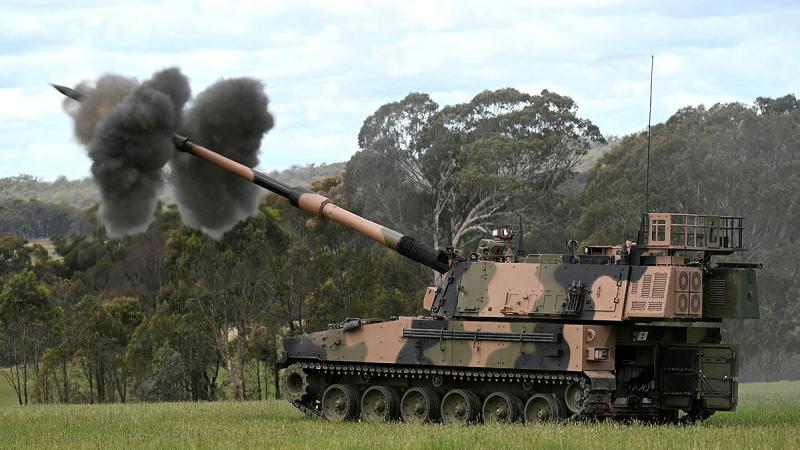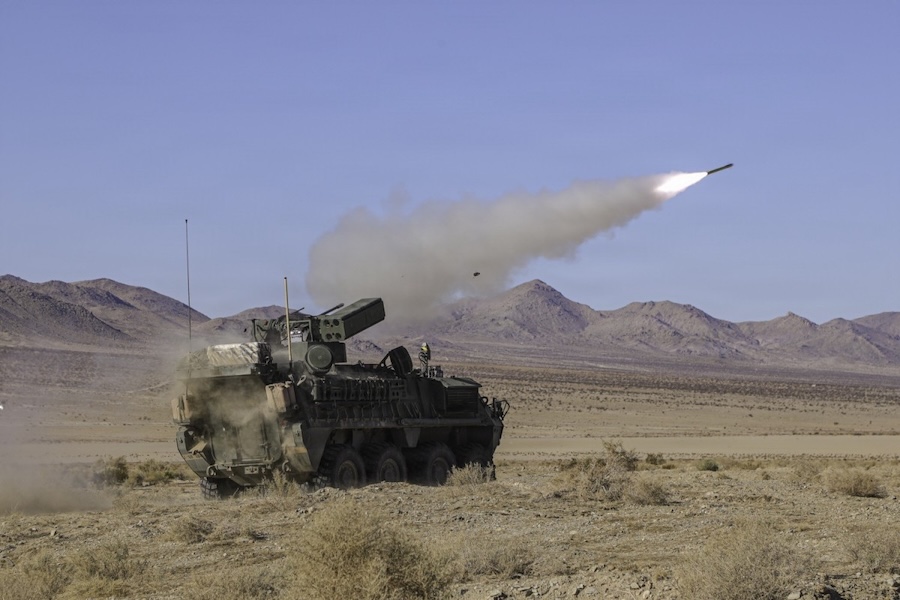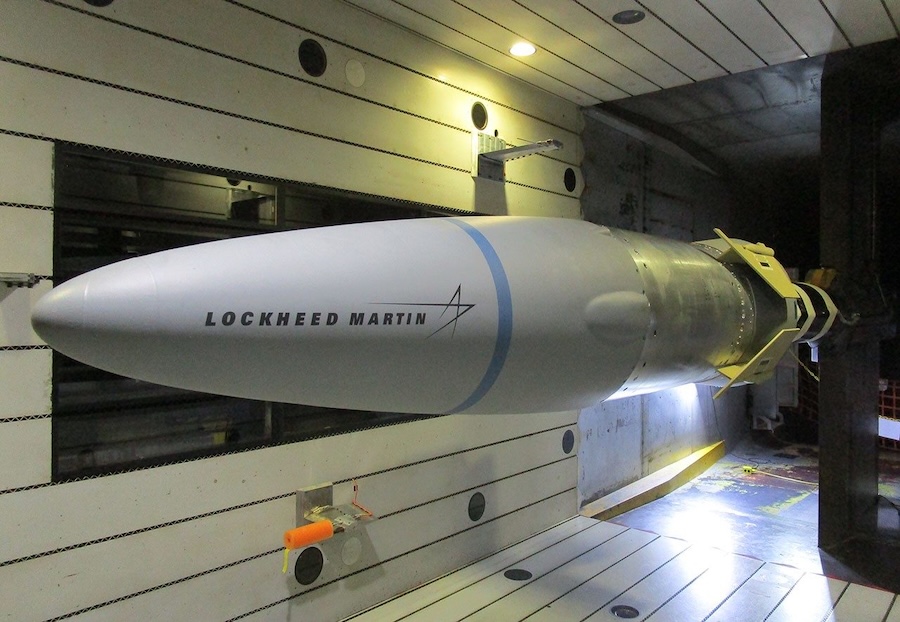Focusing on enhancing collaboration, Mallet Strike 2/24 addressed modern air defence challenges in a complex, multinational setting. It highlighted the significance of seamless integration between forces to ensure operational readiness in real-world scenarios.
“With the Allies, the main goal is to train and enhance our interoperability. We have a chance to challenge and integrate US and Swedish troops, and Norwegian operators as a part of our exercise and national air defence solution,” said Colonel Mano-Mikael Nokelainen, Finnish Inspector of the Ground-Based Air Defence. “We all accepted this challenge and together we made this exercise successful. I thank our Allies from the States, Sweden, and Norway for their commitment to our common goals.”
The exercise served as a platform for sharing expertise and refining tactics through realistic and demanding training. Participants gained critical experience in communication and coordination across various military systems, reinforcing their ability to respond effectively as a unified force.
“We have achieved our main goal with this exercise, which is building Nordic air defence interoperability in a NATO context. It has been a challenging exercise, and the participants have proven their abilities in many different ways,” said Colonel Johan Jönsson, Swedish Inspector of the Ground-Based Air Defence. “We have also exchanged experiences and gained new insights from our colleagues in Finland. By participating in Mallet Strike, we now know for a fact that Swedish air defence has the ability to work as an integrated part of NATO’s defence.”
The exercise featured two phases designed to test and advance multinational air defence capabilities. During the live-fire phase, participants utilised anti-aircraft artillery and missile systems in both daylight and night-time scenarios. With limited daylight hours in the autumn season, night-time operations became a focal point for enhancing readiness.
The second phase focused on countering air threats in an Electronic Warfare environment. Advanced simulators and models were used to evaluate participants’ performance, ensuring precision and operational effectiveness through detailed analysis.
Source: Allied Joint Force Command Brunssum.










